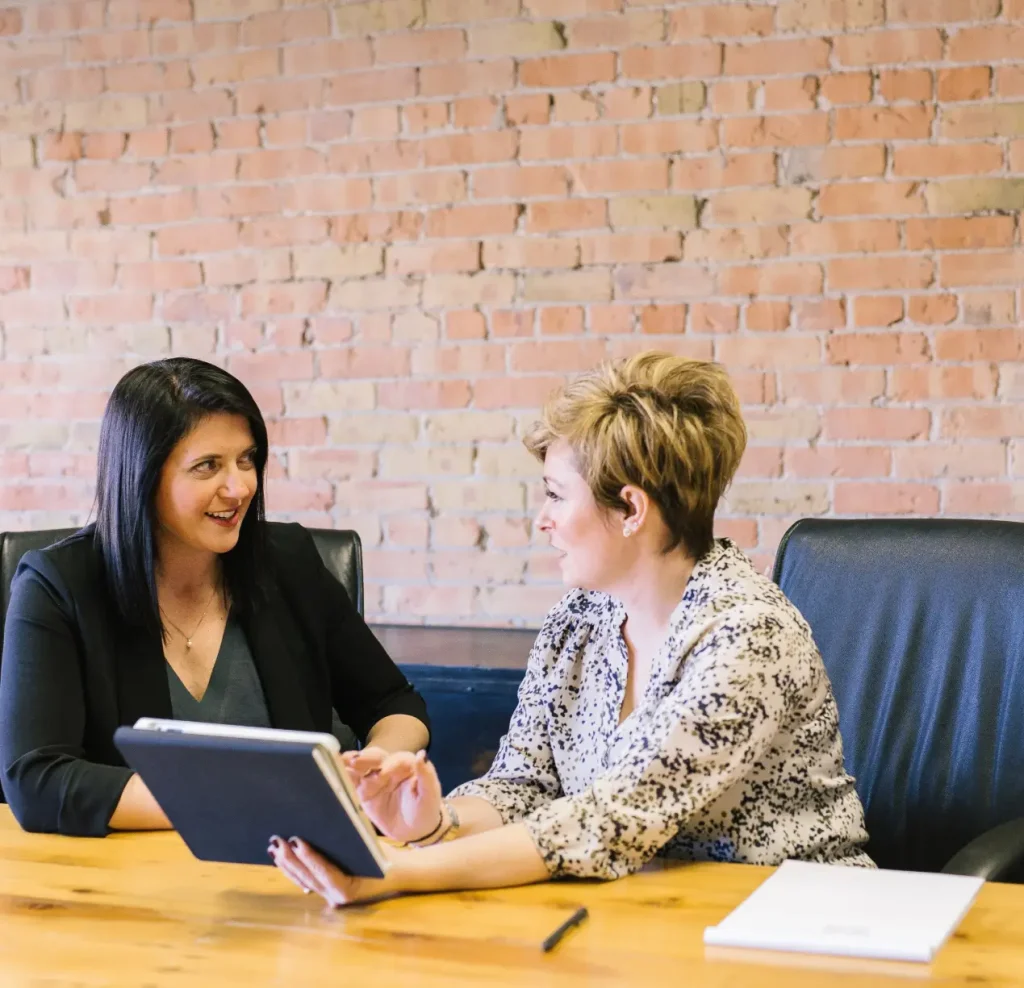Bringing People to Safety and Building our South Dakota Workforce
FAQs
Learn more about South Dakota’s opportunities, careers, education, health care, and more.
For this program, English language proficiency is not required. However, having some proficiency might help you communicate with your sponsor, access services, adjust, and expand employment opportunities.
Refugees must attend English language classes for at least 24 hours per month to maintain eligibility for cash assistance.
Yes. There are many opportunities for on-the-job training (OJT) in the state.
Financial support is available during the time that refugees resettle in South Dakota. Initially, South Dakota considers this as humanitarian assistance for Ukrainian refugees to help them come to South Dakota, get settled, become self-sufficient, and start working.
Flights. The airfares from Europe to the US will depend on the sponsor/sponsoring organization and will be considered on a case-by-case basis. There are various fundraising efforts to help with this, and refugees can contribute to these costs.
Housing. The sponsor will make initial housing arrangements, which can vary from case to case. Sometimes, a landlord or Airbnb may provide a house or apartment for free. In some cases, a sponsor or another organization, such as a church, may pay the rent. In other cases, a sponsor may host a refugee in their home in a guest room. The refugee and sponsor must keep in touch throughout the process.
Food. A sponsor or sponsoring organization may help with food and other needs and expenses.
Health Insurance. Depending on your status and when you came to the US, Medicaid or Refugee Health Insurance will provide you and your family with basic coverage for all medical needs for up to 12 months. It typically takes from 14 to 28 days before your coverage begins.
For more details, please visit this website.
Housing. Employment should provide enough money to pay for housing, but there may be situations when this is difficult. The sponsor and community intend to work with the refugee to find a solution.
Food. Employment should provide enough money to pay for food. If not, some level of SNAP may be available if you’ve come to the US before the end of October 2023.
Health insurance. Typical options may include employer-provided insurance, and the employee often pays part of the monthly premium.
Some refugees may be eligible (depending on their specific situation) for health insurance (known as Obamacare), with the employee often paying a portion of the monthly premium.
Medicaid health insurance may also be available in certain situations.
There are thousands of job openings in South Dakota. Sponsors and other types of support will help refugees find a job in South Dakota. The best plan is best to have strong interest from an employer before coming to South Dakota.
There are no fixed-route shuttles as there are in Ukraine. However, many medium-sized and small cities (e.g., Aberdeen, Brookings, Watertown, Milbank) have on-call bus systems that are reasonably priced. These require the rider to call ahead to schedule a pick-up and drop-off.
In cases where public transportation is impractical or unavailable, the sponsor or sponsoring organization will arrange transportation.
Many communities in South Dakota are small enough for walking and biking to be practical.
Eventually, Ukrainians may want to obtain South Dakota driver’s license and/or purchase a car.
In some South Dakota communities, there are nonprofit organizations that provide English lessons. The majority of public schools offer help with English language learning to non-native speakers.


Potential employers or other private organizations may provide or pay for vocational training.
Depending on the refugee’s situation, there may be other opportunities for job training.
Most communities have public and private schools for all ages (usually starting at 5 years old). After kindergarten, there are 12 grades of school (as opposed to 10 grades in Ukraine).
Most daycare facilities (preschool care) are privately owned and charge reasonable fees. There is often a waiting list for a place in daycare. Communities are working on solutions to provide more daycare options.
A preschool program that promotes child development, known as Head Start, is available to some low-income families. Head Start is a 7-hour program for children ages 3 to 5. They also provide Early Head Start to help parents raise children ages 1 to 2 (with home visits).
Many students participate in extracurricular activities sponsored by the school. These include many sports, playing in the orchestra, speech, debate and drama.
Many South Dakota communities also have club and town-organized sports teams, bands, and community theaters. Softball is the most popular club sport. Swimming, soccer, ice skating, and hockey are available in many communities. Several communities have Boys and Girls Clubs that provide a variety of after-school activities as well as life skills classes.4-H clubs are famous throughout South Dakota. 4-H provides opportunities for youth to develop agricultural, entrepreneurial, and life skills. 4-H also provides lessons in sports such as archery and shooting and organizes state-level competitions.
Yes, several Ukrainian/Russian-speaking people live in South Dakota and can answer questions about life in the state. We can arrange a call on a case-by-case basis. We are working on a more systematic approach to provide this assistance. In addition there are Facebook groups such as Ukrainians in South Dakota that can also provide information and help.
According to a publication by the South Dakota Labor and Market Information Center, the top 30 in-demand professions in the state from 2020-2030 can be found HERE.
In addition to these professions, there are many other vacancies in the service sector (retail stores, restaurants, hotels, etc.). For a more detailed description of current job openings, see this LINK.
There are also many other vacancies in the service sector (retail stores, restaurants, hotels, etc.).
South Dakota welcomes Ukrainian refugees who are already in the United States regardless of their current location. We recommend that these refugees coordinate with their current sponsor in their current state before moving to South Dakota..
We can assist in connecting Ukrainians with potential employers.
It is worth noting that some federal benefits may not apply to individuals with other immigration or visitor statuses. However, they may still be able to move to South Dakota.
Contact Information
Address: The Commons of Harmony Hill,
2527 Prairie Park Trail SE, Watertown, SD
57201
Experience a Better Life In SD
Freedom’s Haven © All rights reserved. 2025